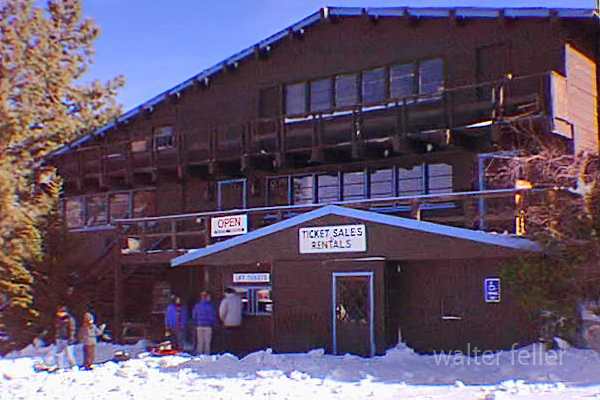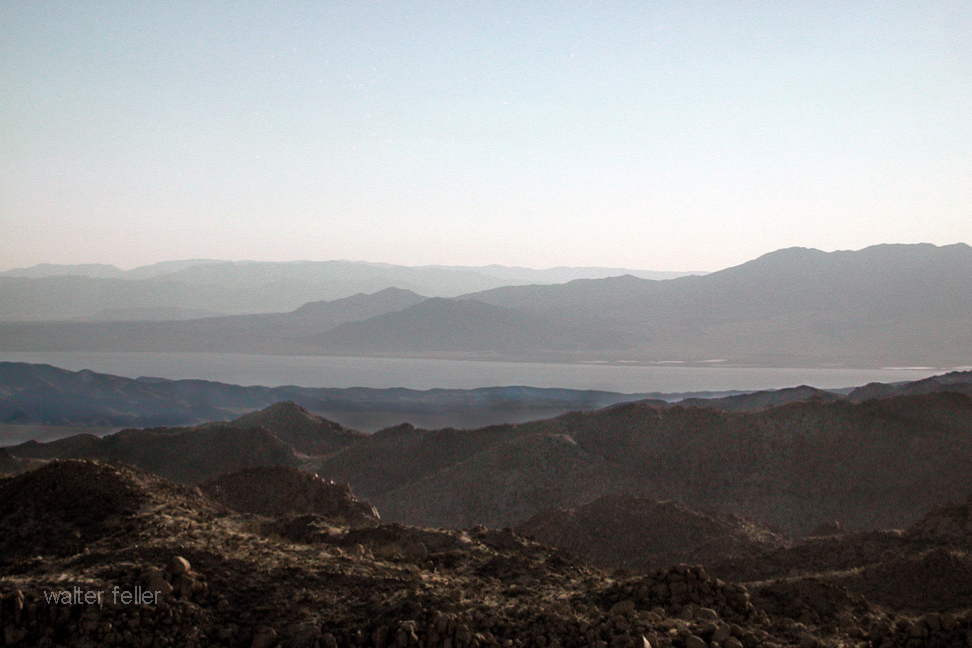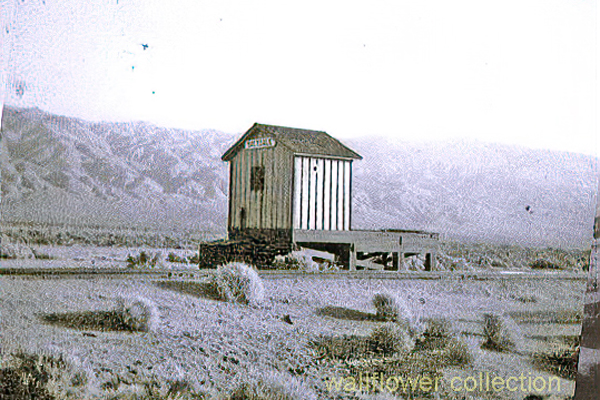Wrightwood Ski Resorts
Mountain High North, previously known as Ski Sunrise, is part of the Mountain High Resort in Wrightwood, California. This area of the resort has its own unique characteristics and offerings. Here’s an overview:

Ski Sunrise – 1996
Mountain High North, previously known as Ski Sunrise, is part of the Mountain High Resort in Wrightwood, California. This area of the resort has its own unique characteristics and offerings. Here’s an overview:
- Location and Terrain: Mountain High North is located in the San Gabriel Mountains near Wrightwood. The terrain at Mountain High North is generally known for being more beginner and family-friendly compared to the other areas of Mountain High. It’s an excellent place for those new to skiing or snowboarding.
- Integration and Development: Mountain High North was integrated into Mountain High Resort following the acquisition of the Ski Sunrise area. This integration expanded the overall capacity and variety of terrain offered by Mountain High, making it one of the largest ski resorts in Southern California.
- Facilities and Services: Mountain High North typically offers various services, including ski and snowboard lessons, equipment rentals, and food and beverage options. The facilities are designed to cater to families and beginners, focusing on creating a welcoming and accessible environment.
- Snow Play and Tubing: One of the unique features of Mountain High North is its emphasis on snow play and tubing. This makes it a popular destination for skiers and snowboarders, and those looking to enjoy the snow in other ways.
- Operating Schedule: Mountain High North sometimes has a different operating schedule than the West and East resorts, often opening later in the season and closing earlier. This is due to its specific focus and the varying snow conditions across the different areas of Mountain High.
- Events and Activities: Mountain High North hosts various events and activities throughout the season aimed at families and beginners. These can include special holiday events, beginner workshops, and family-friendly competitions.
- Contribution to Mountain High: The addition of the North resort has allowed Mountain High to offer a more diverse range of experiences to visitors. It complements the more advanced and diverse terrain in the West and East resorts, making the combined Mountain High Resort appealing to a wider range of winter sports enthusiasts.
Mountain High North, with its focus on beginner-friendly slopes, snow play, and tubing, plays a crucial role in the overall appeal of Mountain High Resort. It caters to a segment of visitors looking for a more relaxed, family-oriented snow experience in the proximity of Los Angeles.







